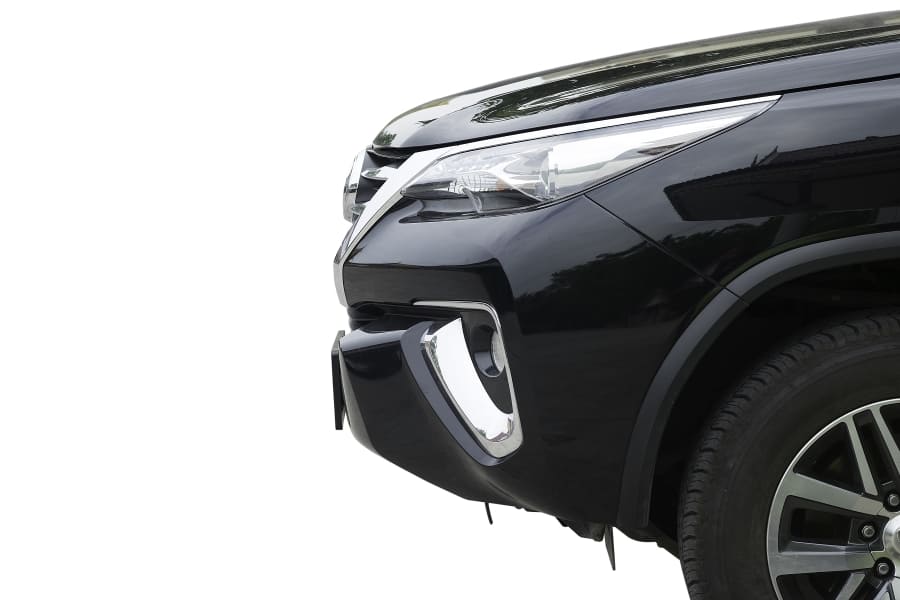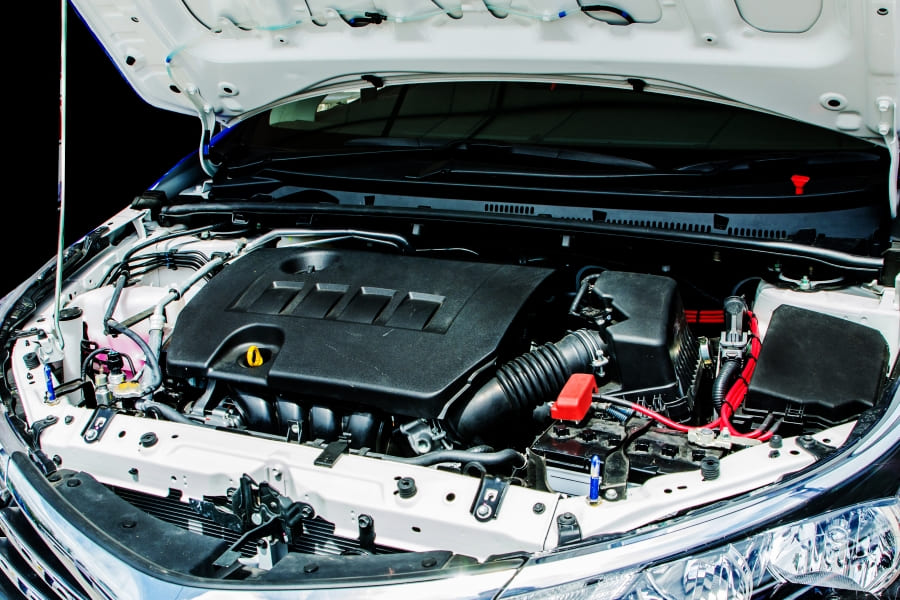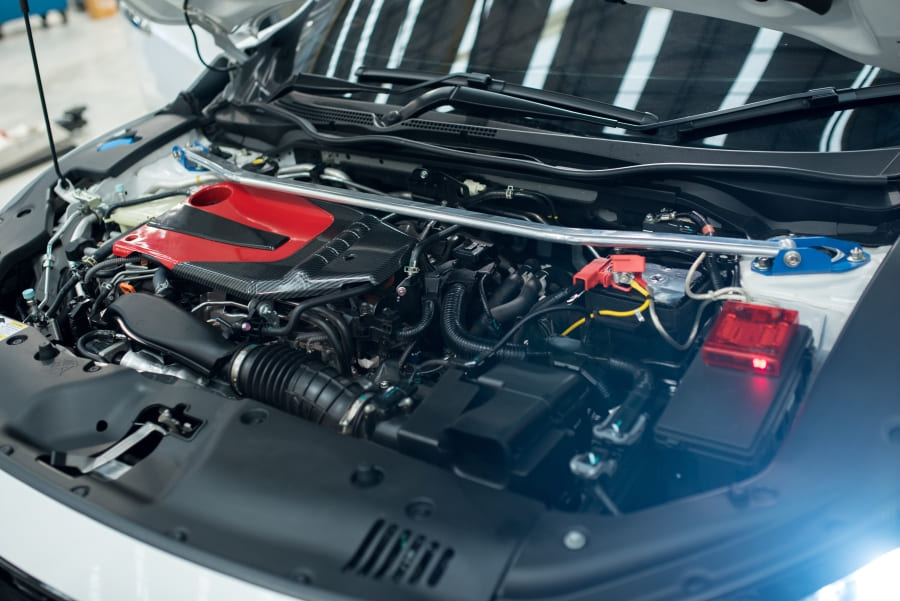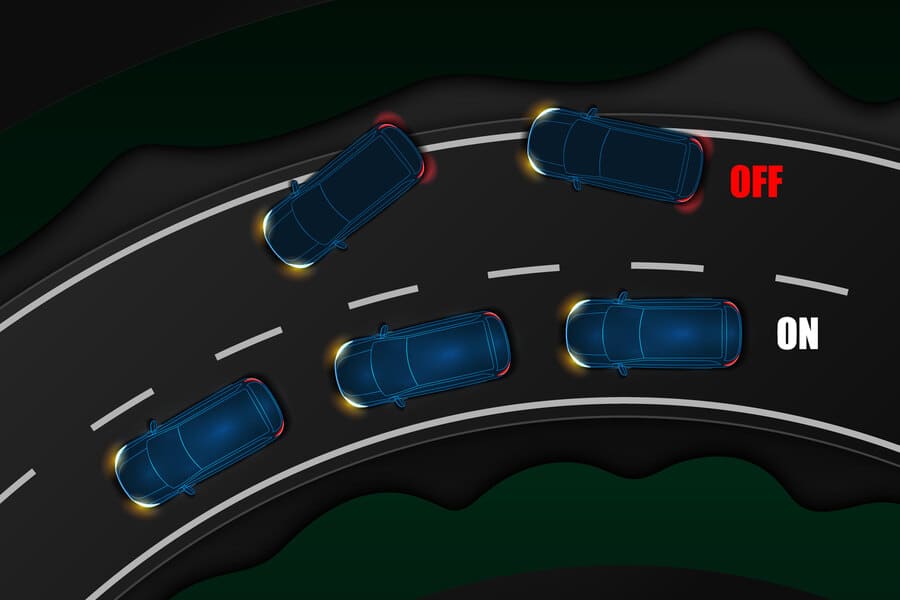
TCS stands for Traction Control System which is installed on Audi, Peugeot, Volkswagen, Fiat, Renault, and Seat cars. This system is integrated with ABS. This system is designed to improve the vehicle’s handling and maneuverability, especially on slippery surfaces.
How TCS operates
The system uses wheel speed sensors to detect slippage. To restore the vehicle’s grip on the road, it reduces the rotation speed of the slipping wheel.
If wheels are slipping at a low car speed, the system initiates applying braking force to these wheels. The ABS/TCS control unit sends a signal to the control valves to increase the pressure in a corresponding braking circuit. This activates the brake caliper causing the wheel to slow down.
When driving at high speed, the system activates the electronic throttle control system. This temporarily reduces the engine torque and restores the slipping wheel’s grip on the road.
TCS is switched on automatically when you turn the key in the ignition switch. If necessary, it can be disabled by pressing a button on the centre console. The corresponding lamp will light up on the dashboard to warn that the system is disabled.
Popular vehicles equipped with TCS:
- Peugeot 307;
- Mazda 626 V, Xedos 9 ТА;
- Honda CR-V I;
- Hyundai Matrix FC, Tucson JM;
- Seat Leon Mk II, Ibiza III;
- Audi A6 C6;
- Fiat Punto II.
Causes of TCS malfunctions:
- Soiled wheel speed sensors.
- Damaged electrical wiring.
- Breakdown of the ABS valves and pump.
- Blown fuses.








Comment